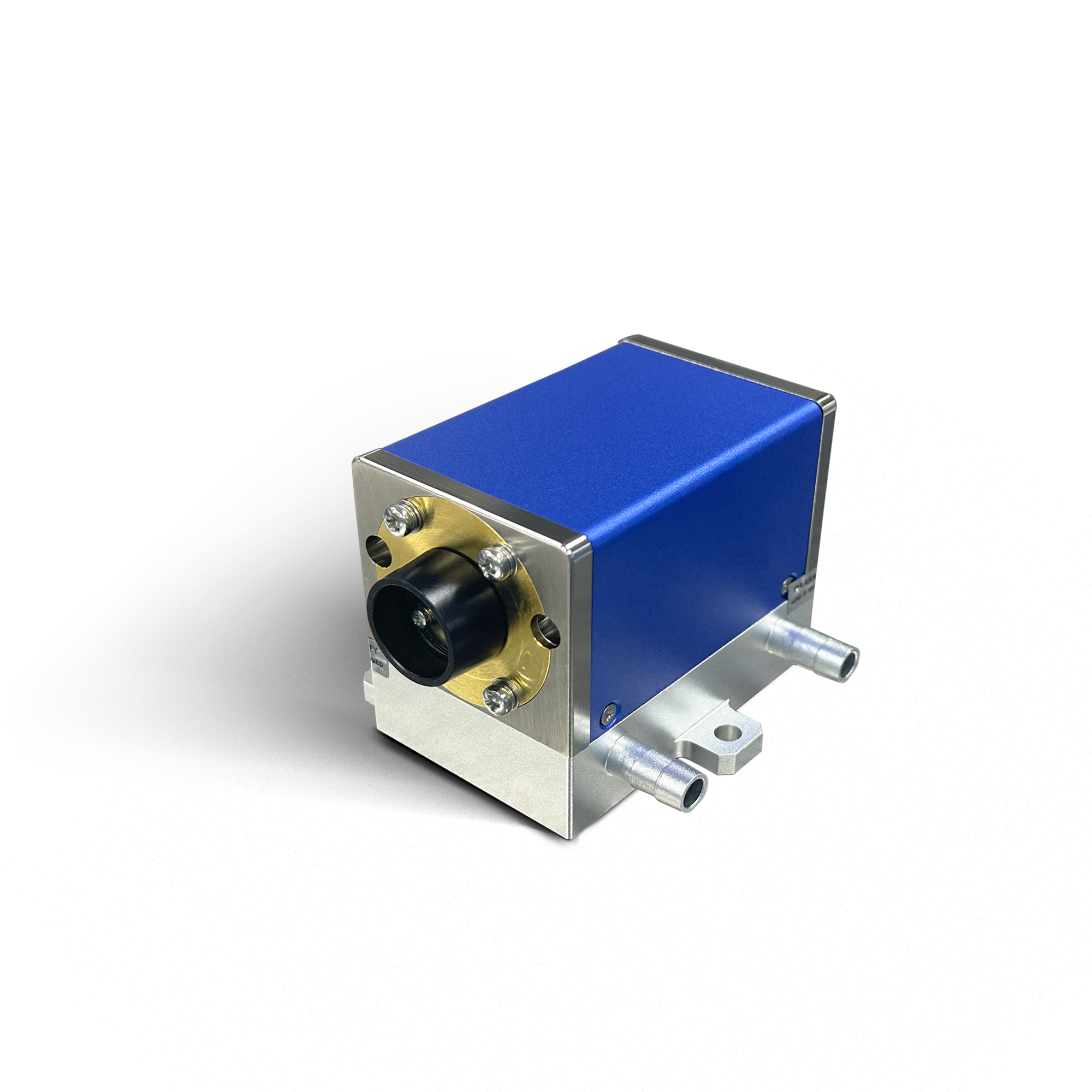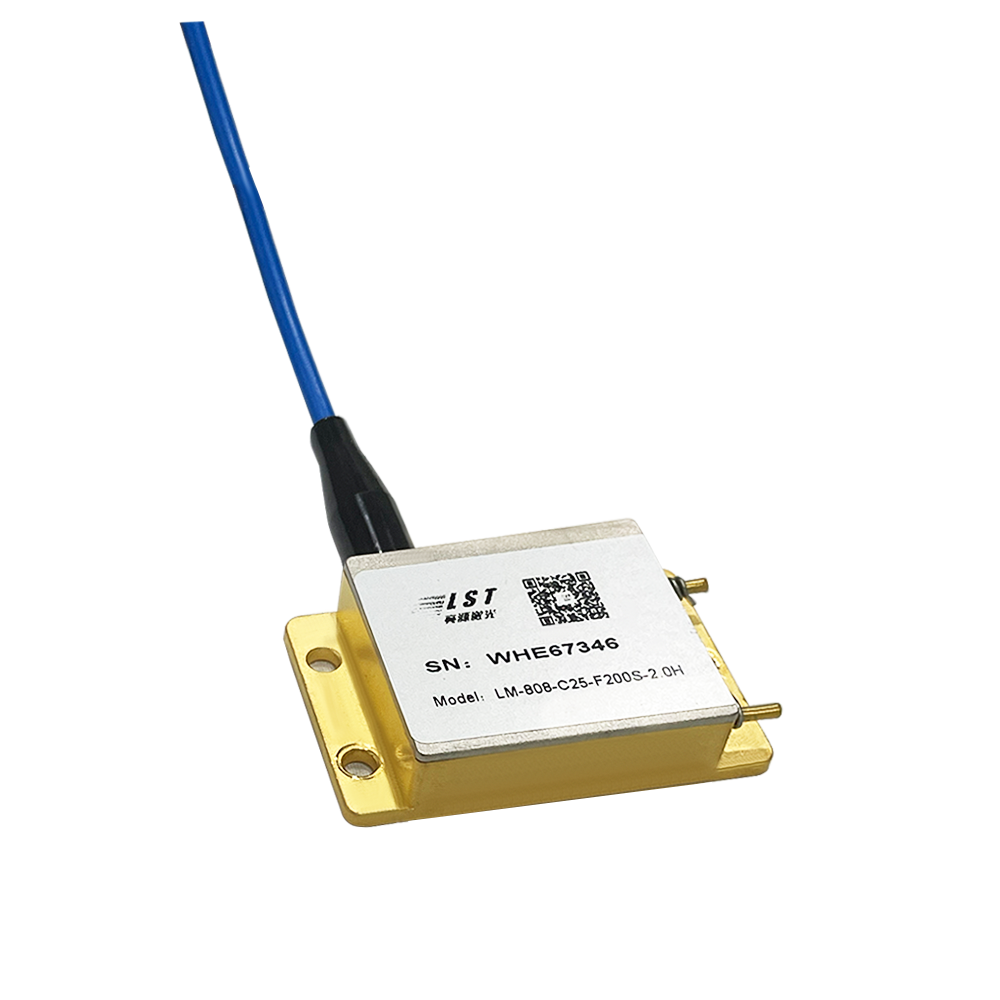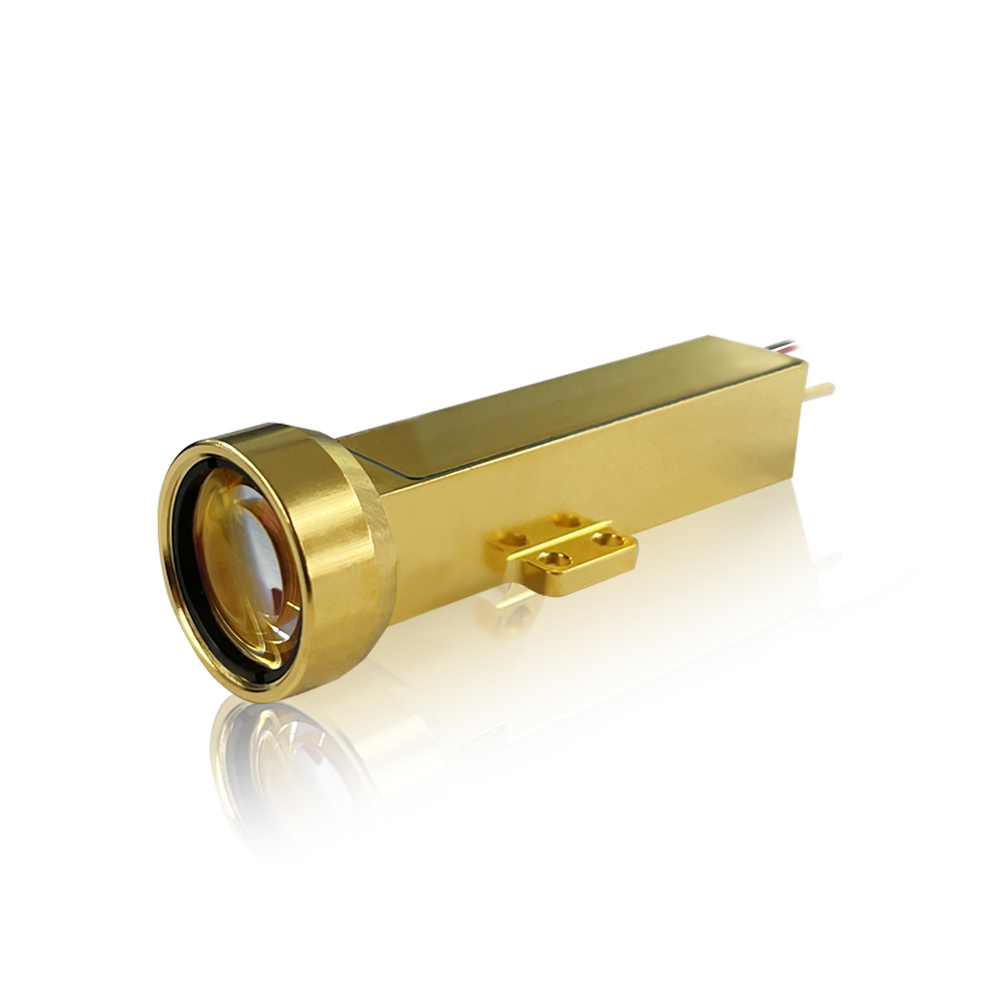Subscribe to Our Social Media For Prompt Post
At its essence, laser pumping is the process of energizing a medium to achieve a state where it can emit laser light. This is typically done by injecting light or electrical current into the medium, exciting its atoms and leading to the emission of coherent light. This foundational process has evolved significantly since the advent of the first lasers in the mid-20th century.
While often modeled by rate equations, laser pumping is fundamentally a quantum mechanical process. It involves intricate interactions between photons and the atomic or molecular structure of the gain medium. Advanced models consider phenomena like Rabi oscillations, which provide a more nuanced understanding of these interactions.
Laser pumping is a process where energy, typically in the form of light or electrical current, is supplied to a laser's gain medium to elevate its atoms or molecules to higher energy states. This energy transfer is crucial for achieving population inversion, a state where more particles are excited than in a lower energy state, enabling the medium to amplify light via stimulated emission. The process involves intricate quantum interactions, often modeled through rate equations or more advanced quantum mechanical frameworks. Key aspects include the choice of pump source (like laser diodes or discharge lamps), pump geometry (side or end pumping), and the optimization of pump light characteristics (spectrum, intensity, beam quality, polarization) to match the specific requirements of the gain medium. Laser pumping is fundamental in various laser types, including solid-state, semiconductor, and gas lasers, and is essential for the laser's efficient and effective operation.
Varieties of Optically Pumped Lasers
1. Solid-State Lasers with Doped Insulators
· Overview: These lasers use an electrically insulating host medium and rely on optical pumping to energize laser-active ions. A common example is neodymium in YAG lasers.
· Recent Research: A study by A. Antipov et al. discusses a solid-state near-IR laser for spin-exchange optical pumping. This research highlights the advancements in solid-state laser technology, particularly in the near-infrared spectrum, which is crucial for applications like medical imaging and telecommunications.
Further Reading: A Solid-State Near-IR Laser for Spin-Exchange Optical Pumping
2. Semiconductor Lasers
· General Information: Typically electrically pumped, semiconductor lasers can also benefit from optical pumping, especially in applications requiring high brightness, such as Vertical External Cavity Surface Emitting Lasers (VECSELs).
· Recent Developments: U. Keller's work on optical frequency combs from ultrafast solid-state and semiconductor lasers provides insights into the generation of stable frequency combs from diode-pumped solid-state and semiconductor lasers. This advancement is significant for applications in optical frequency metrology.
Further Reading:Optical frequency combs from ultrafast solid-state and semiconductor lasers
3. Gas Lasers
· Optical Pumping in Gas Lasers: Certain types of gas lasers, like alkali vapor lasers, utilize optical pumping. These lasers are often used in applications requiring coherent light sources with specific properties.
Sources for Optical Pumping
Discharge Lamps: Common in lamp-pumped lasers, discharge lamps are used for their high power and broad spectrum. Y. A. Mandryko et al. developed a power model of impulse arc discharge generation in active media optical pumping xenon lamps of solid-state lasers. This model helps optimize the performance of impulse pumping lamps, crucial for efficient laser operation.
Laser Diodes: Used in diode-pumped lasers, laser diodes offer advantages like high efficiency, compact size, and the ability to be finely tuned.
Further reading: what is a laser diode?
Flash Lamps: Flash lamps are intense, broad-spectrum light sources that are commonly used for pumping solid-state lasers, such as ruby or Nd:YAG lasers. They provide a high-intensity burst of light that excites the laser medium.
Arc Lamps: Similar to flash lamps but designed for continuous operation, arc lamps offer a steady source of intense light. They are used in applications where continuous wave (CW) laser operation is required.
LEDs (Light Emitting Diodes): While not as common as laser diodes, LEDs can be used for optical pumping in certain low-power applications. They are advantageous due to their long life, low cost, and availability in various wavelengths.
Sunlight: In some experimental setups, concentrated sunlight has been used as a pump source for solar-pumped lasers. This method harnesses solar energy, making it a renewable and cost-effective source, though it is less controllable and less intense compared to artificial light sources.
Fiber-Coupled Laser Diodes: These are laser diodes coupled to optical fibers, which deliver the pump light more efficiently to the laser medium. This method is particularly useful in fiber lasers and in situations where precise delivery of pump light is crucial.
Other Lasers: Sometimes, one laser is used to pump another. For example, a frequency-doubled Nd: YAG laser might be used to pump a dye laser. This method is often used when specific wavelengths are required for the pumping process that is not easily achieved with conventional light sources.
Diode-pumped solid-state laser
Initial Energy Source: The process starts with a diode laser, which serves as the pump source. Diode lasers are chosen for their efficiency, compact size, and ability to emit light at specific wavelengths.
Pump Light: The diode laser emits light that is absorbed by the solid-state gain medium. The wavelength of the diode laser is tailored to match the absorption characteristics of the gain medium.
Solid-State Gain Medium
Material: The gain medium in DPSS lasers is typically a solid-state material like Nd:YAG (Neodymium-doped Yttrium Aluminum Garnet), Nd:YVO4 (Neodymium-doped Yttrium Orthovanadate), or Yb:YAG (Ytterbium-doped Yttrium Aluminum Garnet).
Doping: These materials are doped with rare-earth ions (like Nd or Yb), which are the active laser ions.
Energy Absorption and Excitation: When the pump light from the diode laser enters the gain medium, the rare-earth ions absorb this energy and get excited to higher energy states.
Population Inversion
Achieving Population Inversion: The key to laser action is achieving a population inversion in the gain medium. This means that more ions are in an excited state than in the ground state.
Stimulated Emission: Once population inversion is achieved, the introduction of a photon corresponding to the energy difference between the excited and ground states can stimulate the excited ions to return to the ground state, emitting a photon in the process.
Optical Resonator
Mirrors: The gain medium is placed inside an optical resonator, typically formed by two mirrors at each end of the medium.
Feedback and Amplification: One of the mirrors is highly reflective, and the other is partially reflective. Photons bounce back and forth between these mirrors, stimulating more emissions and amplifying the light.
Laser Emission
Coherent Light: The photons that are emitted are coherent, meaning they are in phase and have the same wavelength.
Output: The partially reflective mirror allows some of this light to pass through, forming the laser beam that exits the DPSS laser.
Pumping Geometries: Side vs. End Pumping
| Pumping Method | Description | Applications | Advantages | Challenges |
|---|---|---|---|---|
| Side Pumping | Pump light introduced perpendicular to the laser medium | Rod or fiber lasers | Uniform distribution of pump light, suitable for high-power applications | Non-uniform gain distribution, lower beam quality |
| End Pumping | Pump light directed along the same axis as the laser beam | Solid-state lasers like Nd:YAG | Uniform gain distribution, higher beam quality | Complex alignment, less efficient heat dissipation in high-power lasers |
Requirements for Effective Pump Light
| Requirement | Importance | Impact/Balance | Additional Notes |
|---|---|---|---|
| Spectrum Suitability | Wavelength must match the absorption spectrum of the laser medium | Ensures efficient absorption and effective population inversion | - |
| Intensity | Must be high enough for desired excitation level | Overly high intensities can cause thermal damage; too low won't achieve population inversion | - |
| Beam Quality | Particularly critical in end-pumped lasers | Ensures efficient coupling and contributes to emitted laser beam quality | High beam quality is crucial for precise overlap of pump light and laser mode volume |
| Polarization | Required for media with anisotropic properties | Enhances absorption efficiency and can affect emitted laser light polarization | Specific polarization state may be necessary |
| Intensity Noise | Low noise levels are crucial | Fluctuations in pump light intensity can affect laser output quality and stability | Important for applications requiring high stability and precision |
Post time: Dec-01-2023





